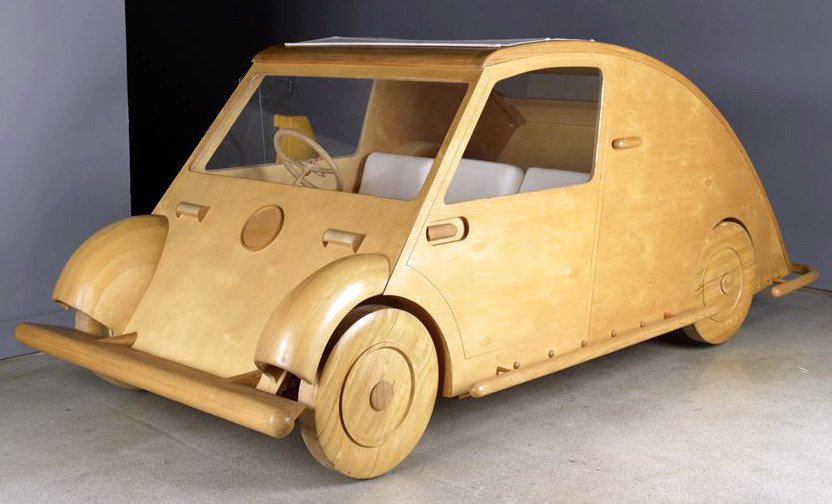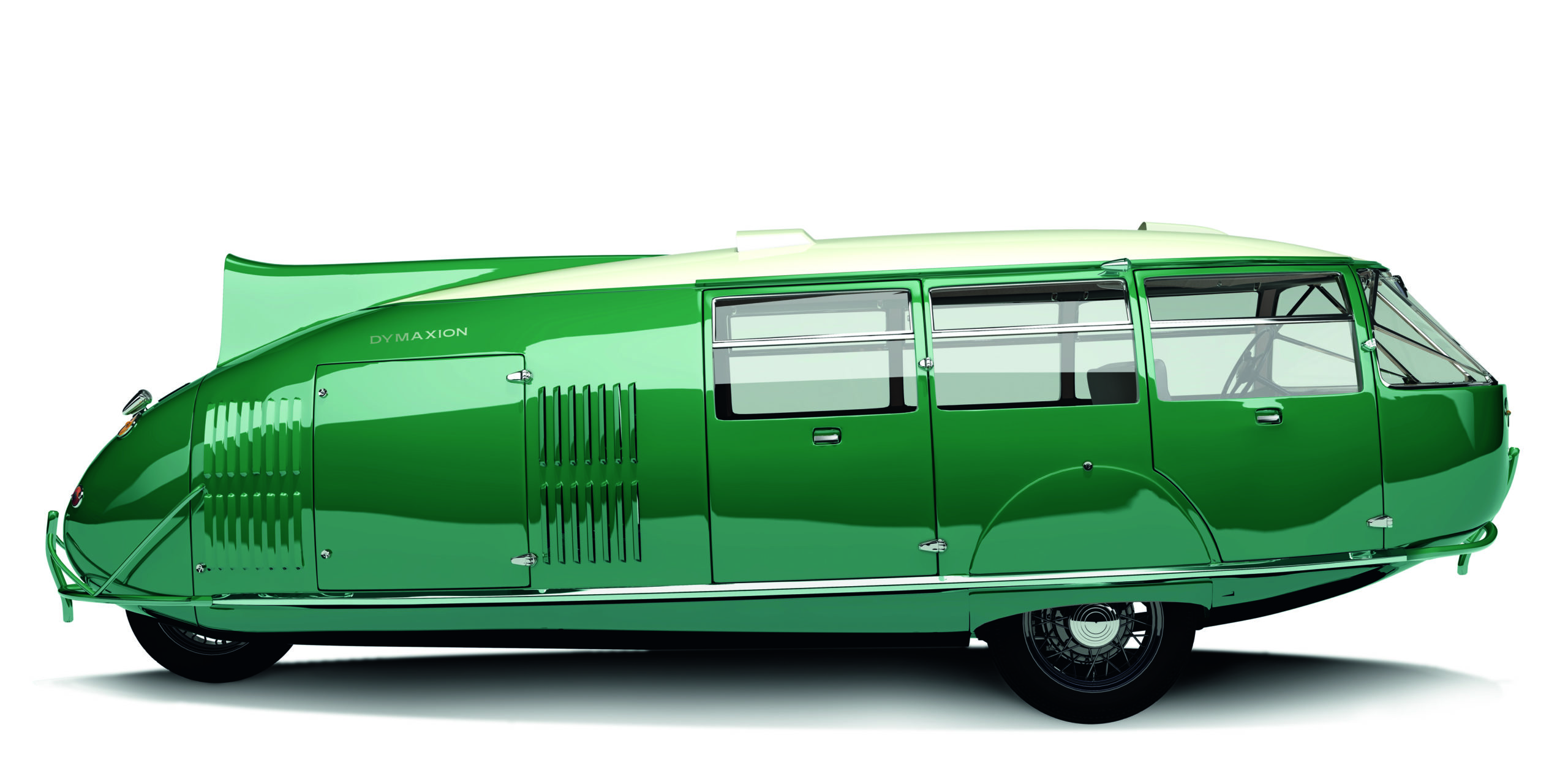Great architects and cars. When?
Will architects really change the way tomorrow’s cars look?
Photo credit: Wheelsage
The temptation to design cars is quite frequent among famous architects but has never really led to anything extraordinary. Why is that? Because cars are very different to buildings and you have to be very specialized to make one successfully (there are many architects among car designers, but they make cars and not buildings). In last year’s TCCT yearbook, The Key 2019, we published a wonderful story by an architect who is also a car designer, Roberto Giolito, the man who created today’s 500 and the Fiat Multipla, about the car designed by the legendary Gio Ponti. So many ideas, and admiration, but nothing ever produced.

The story is similar for Walter Gropius, founder of the Bauhaus School, with his attempt at the Adler Standard 6 and Buckminster Fuller with his three-wheeled Dymaxion from 1933. We should also mention the most famous, Le Corbusier, who in the 1930s sketched a very functional car which, many years later, the Italian Flaminio Bertoni would use to create the Citroën 2CV. Even Frank Lloyd Wright tried to make a Lincoln Continental, but his flair only made it slightly more extravagant and very little else.

But why is that? Perhaps it’s because of the different approach towards a job that’s not your own. All architects, think of Mario Bellini’s Kar-a-Sutra, want to bring something new to the car world without considering, as our story about aerodynamics published on Monday shows, that the car is a very conservative product. One look at the lack of courage shown in today’s all-too-similar designs should be enough to illustrate this point. Perhaps today, on the eve of what could very well be a return to normality in a world we will find profoundly changed, there will be room for those with innovative ideas. Come on architects!




